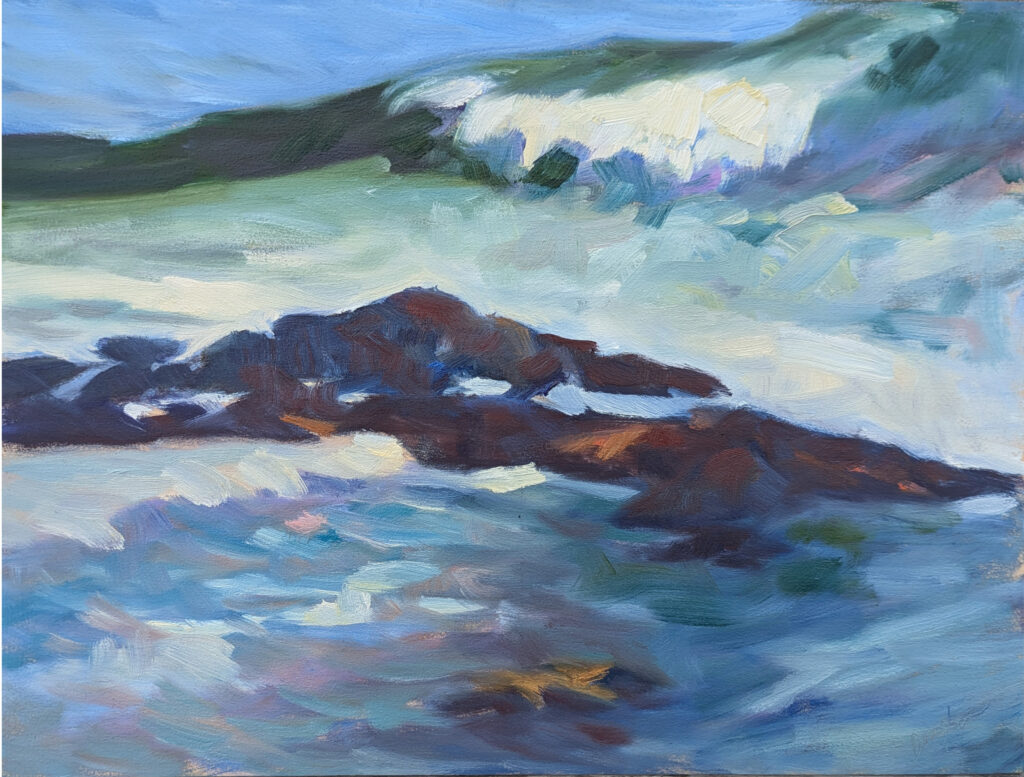
Sea and sky
“You’ve used the term stochastic process twice this week,” one of my students told me. “What does it mean?” It means that the outcome is random, but vaguely predictable. There are too many variables to know exactly what’s going to happen.
Waves are an example of a stochastic process. Sitting on the shore and watching how they repeat, we realize they’re never exactly the same. But they’re close enough to see general patterns.
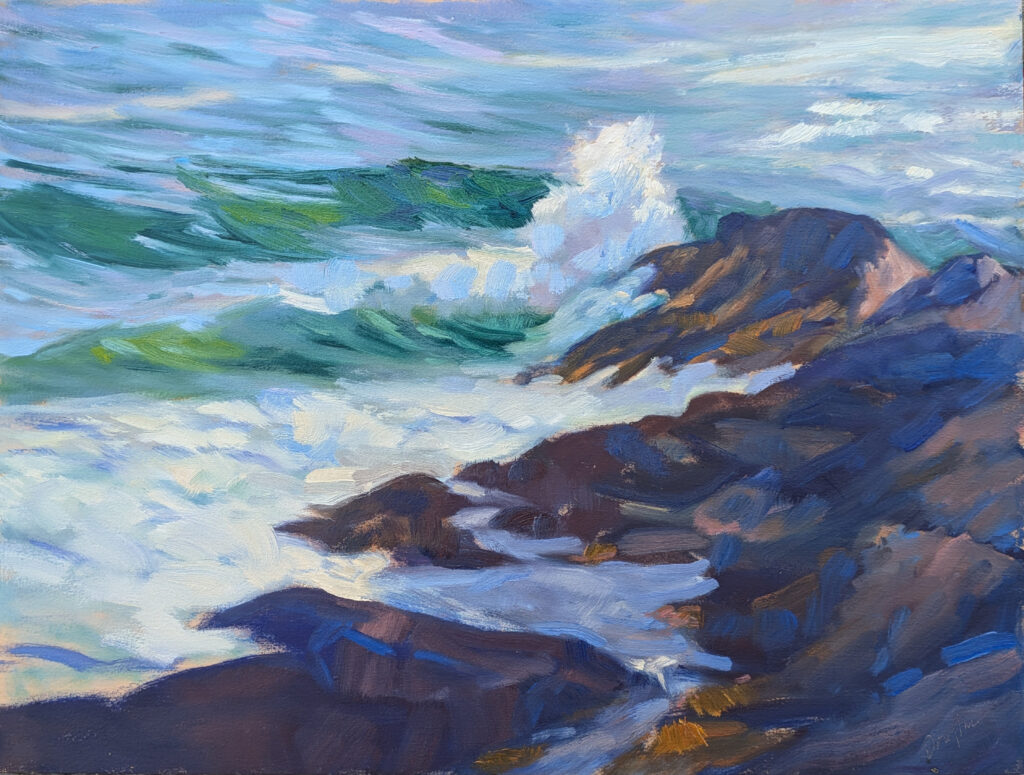
Waves are generated by wind interacting with the surface of the water. Variations in wind speed, direction, and duration create a range of wave heights, patterns, and surface textures. Waves often interfere with each other, leading to more complex patterns.
Add to that the tide, currents, and the impact of storms. Science can model an average wave, but it can never tell you what the next wave is going to look like.
That’s why it’s so helpful to paint waves from life. In real life, you can bend them to your wishes, making them subservient to composition. In photos, moreover, there are ellipses and borders that are invisible to the naked eye.
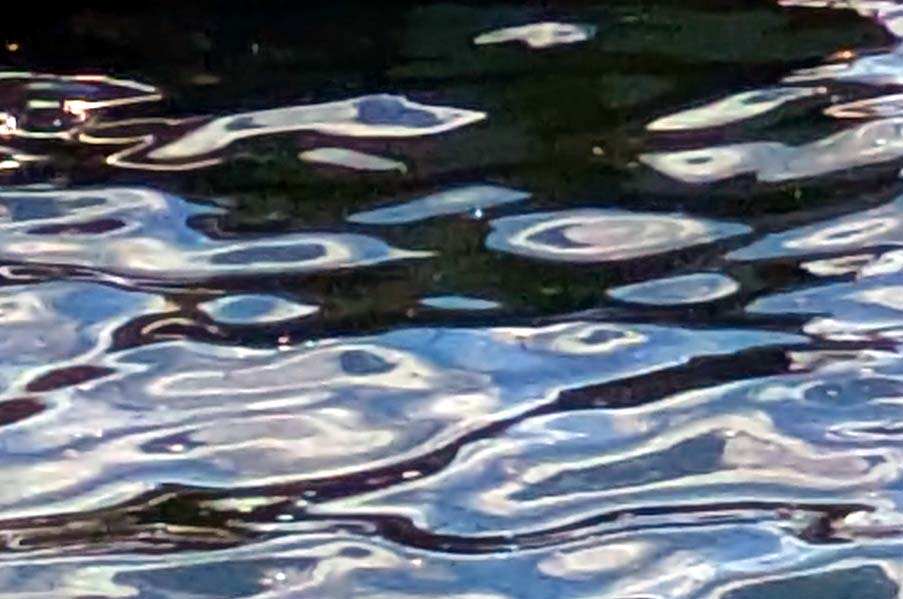
Clouds are another natural phenomenon that is stochastic. Their formation is influenced by atmospheric conditions including temperature, humidity, and wind patterns. These often change rapidly and unpredictably, and that skews clouds’ shapes, sizes and densities. Topography also influences cloud formation, which is why I’m more likely to see a lenticular cloud in Wyoming than at my house.
Again, that’s helpful to the artist. Assuming you have the fundamentals right, cloud distribution can be a compositional element.
Fractals
A fractal is a complex geometric shape that can be split into parts, each of which is a reduced-scale copy of the whole. Fractals are endlessly complex; you can continue to zoom in and discover new patterns without ever reaching a smooth or simple edge. Fractals are found in many natural phenomena, including:
- The branching pattern of trees right down to twigs and leaves;
- The crystalline structure of snowflakes;
- The irregular shape of coastlines;
- The rough, jagged profiles of mountain ranges;
- The branching pattern of lightning;
- The fronds of ferns.
Fractals, by the way, are why nobody can ever tell you the exact length of the coastline of Maine. The smaller the unit you use to measure, the more inlets and points there are, so the distance just seems longer and longer.
Spirals
A spiral is a curve which emanates from a point, moving farther away as it revolves. Many sea and snail shells are logarithmically spiral, as are many plant parts, including sunflowers and pinecones.
There are spiral galaxies, and hurricanes follow a spiral pattern. Of course, our own DNA is a double helix, which is a double spiral.
The Fibonacci Sequence gives us a spiral that’s been used as a compositional tool for centuries. It’s closely related to the Golden Ratio. They both work because they divide space in ways that’s not easy for the human mind to parse.
Fooled you
Are you one of those artists who ‘can’t do math’? You’ve just followed three mathematical concepts. They didn’t hurt you one bit, and they’re important for observing and representing nature.
Reserve your spot now for a workshop in 2025:
- Canyon Color for the Painter, Sedona, AZ, March 10-14, 2025
- Advanced Plein Air Painting, Rockport, ME, July 7-11, 2025.
- Sea and Sky at Acadia National Park, August 3-8, 2025.
- Find Your Authentic Voice in Plein Air, Berkshires, MA, August 11-15, 2025.
- Immersive In-Person Fall Workshop, Rockport, ME, October 6-10, 2025.

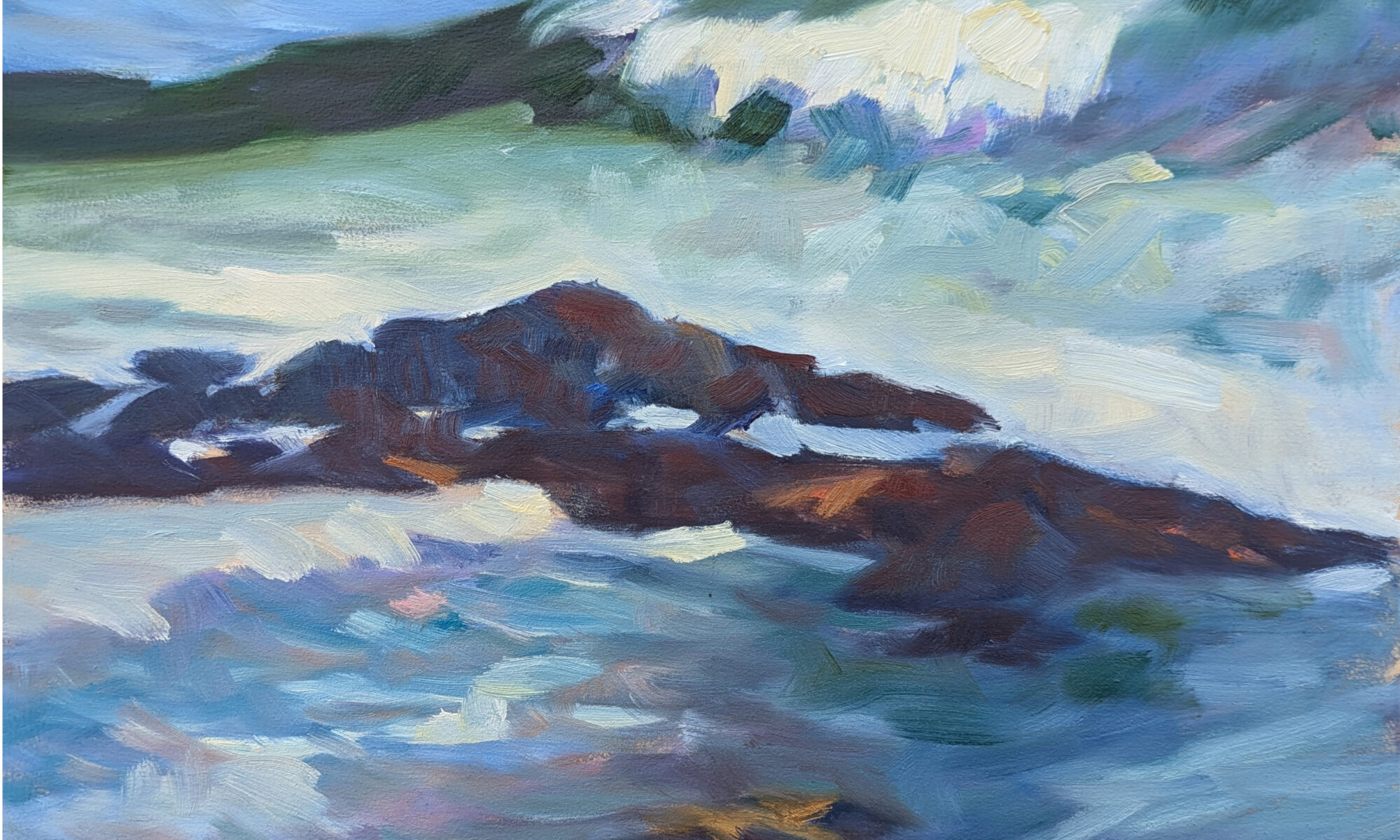
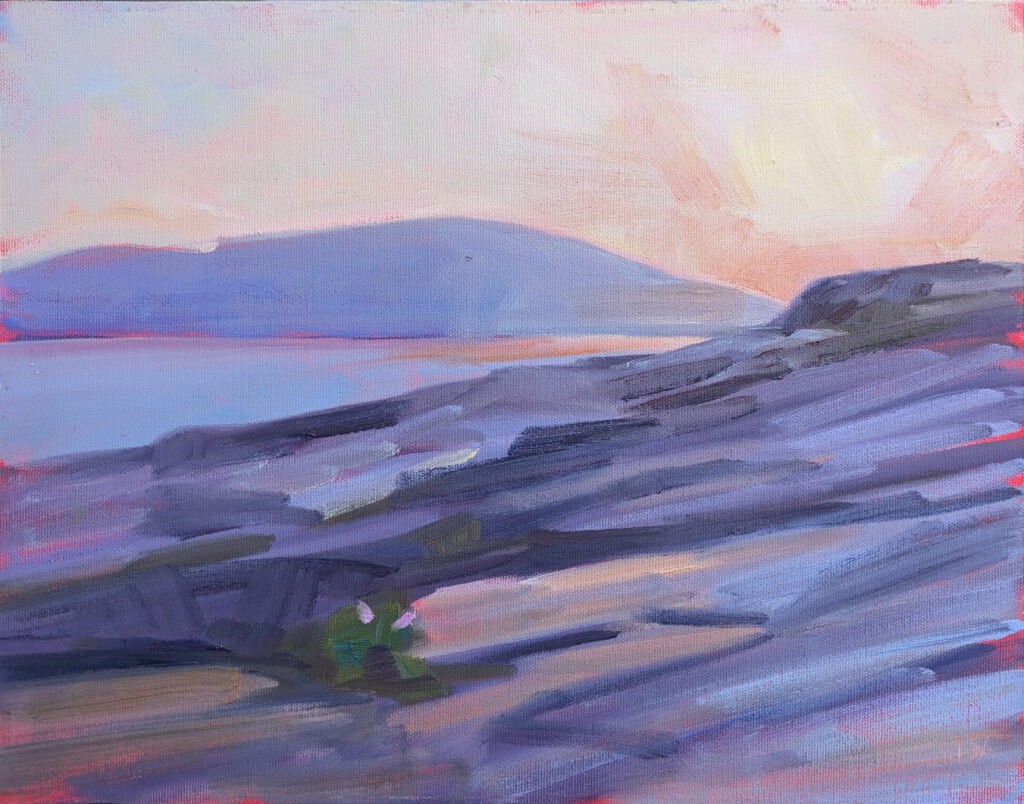
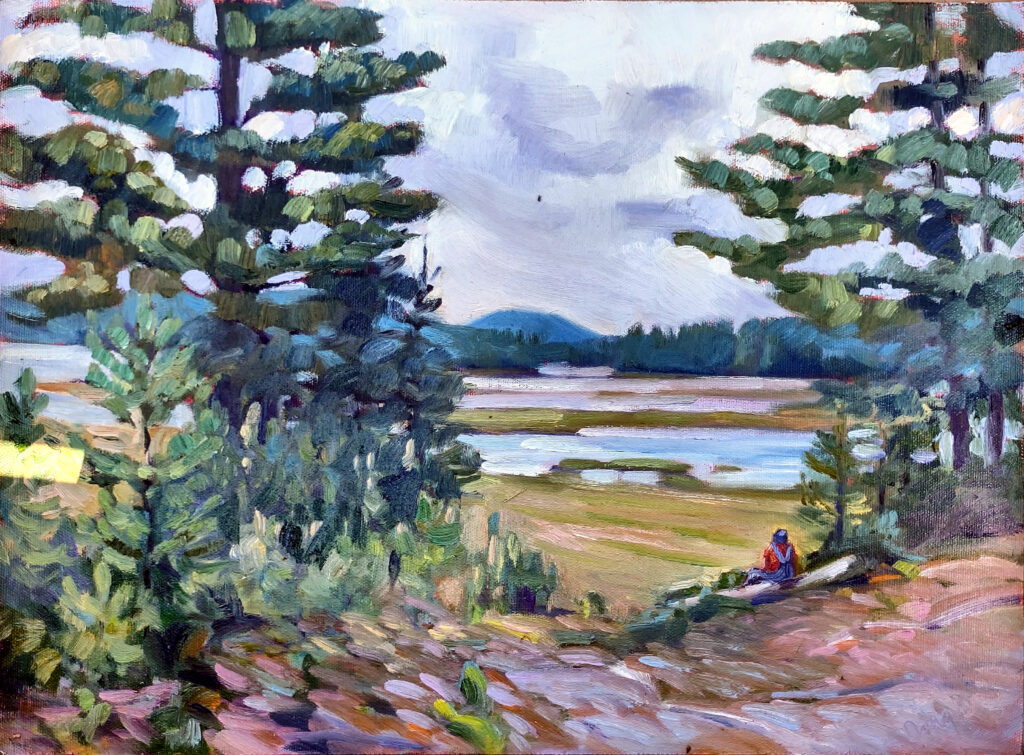
Thank you – this is so interesting and helpful!